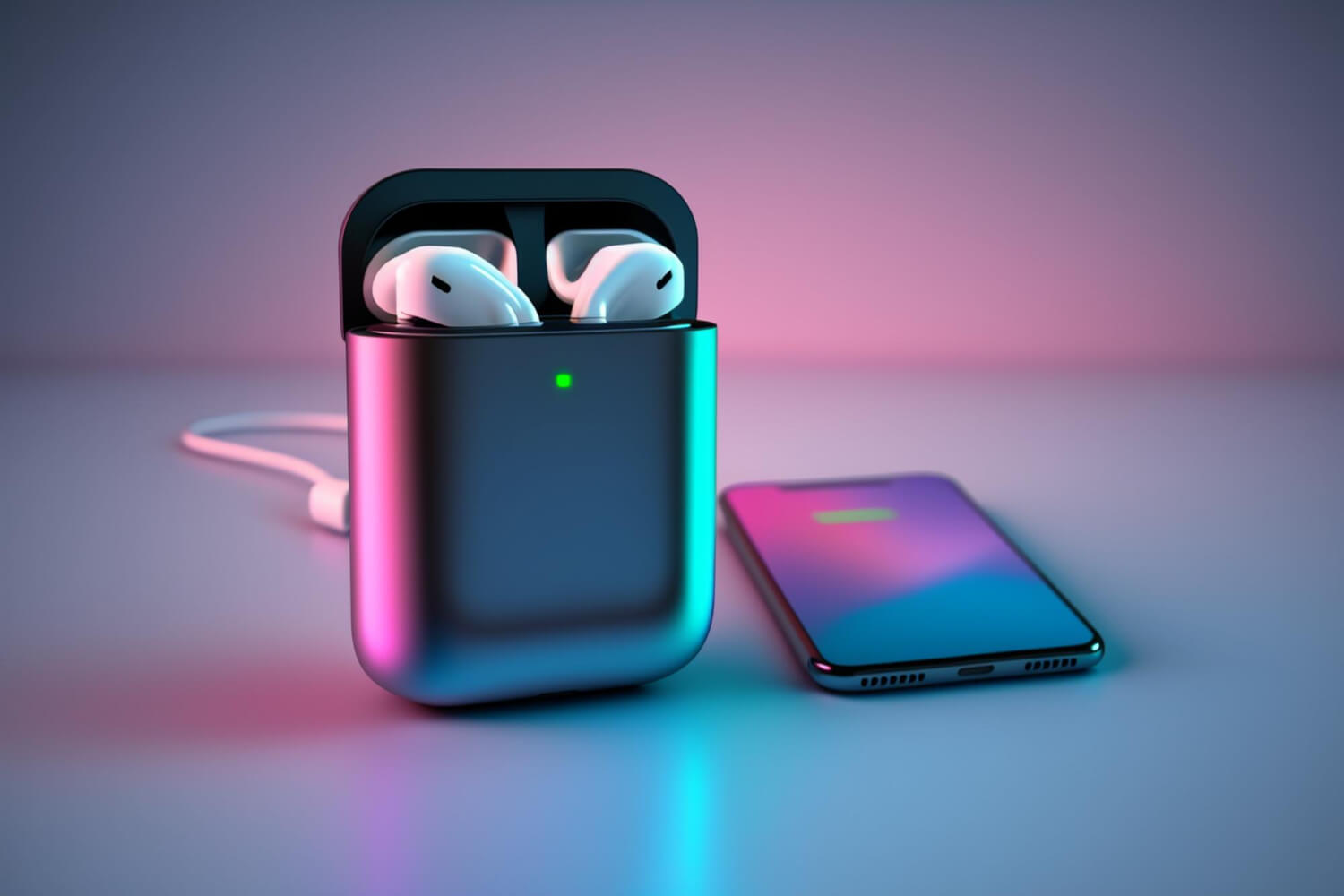AI scams rise: only 4% of Brits spot deepfakes
When shown a series of 8 short video clips featuring both real and deepfake celebrities, only 3.7% of Brits were able to correctly identify them all.
This latest research from personal finance comparison site Finder highlights the danger posed by the rise in deepfake scams in the UK, where well-known figures made by AI appear in videos promoting false investments or asking for payments.
Participants were shown a series of 5-second video clips of influential people, including Dua Lipa, Elon Musk, Jeff Bezos and Kim Kardashian. The results were startling, with over 96% of 2,000 participants unable to correctly identify all 8 video clips.
Just 57% of participants were able to correctly identify more than half of the video clips, and less than a fifth (18%) were able to score more than 6 out of 8. Across all respondents, the average score was 4.8 out of 8 videos guessed correctly.
By far the most convincing deepfake was one of Tom Cruise. An incredible 7 in 10 (69%) of respondents thought this was real, despite it actually being fake. The video that caused the second most amount of confusion was one of Dua Lipa. Over 4 in 10 Brits (43%) thought this real video was a deepfake.
See members of the public struggling to identify videos in this new video that accompanies the research: https://www.youtube.com/@FinderUK
1 in 5 have been targeted by some form of deepfake scam
Finder also asked Brits if they have personally encountered a deepfake or AI-related scam and 1 in 5 (20%) said they have. Around a third of these people have fallen for the scam – 6.4% of the UK adult population, equalling 3.4 million people.
The younger generations seem to be more exposed to deepfakes or AI scams. A third of millennials (aged 29 to 44) have been targeted by one, with 12% falling for it. Gen Z (aged 18 to 28) are also prone to falling for it, with 9% of them doing so and 28% being targeted.
Baby boomers (aged 61-79) are the least likely to be targeted. Just 7% of them believe they have been targeted and 2% have fallen victim to a scam.
Over twice as many men have experienced AI fraud than women, with 8.6% having done so vs 4.2% of women. A further 18% of men have been unsuccessfully targeted with this type of fraud compared to 9.1% of women.
Younger generations were the most likely to identify deepfakes correctly
Perhaps linked to the amount of AI scams they see, younger generations found it easier to detect real and fake videos in this quiz. Gen Z led the way, getting an average of 5.7 out of 8 correct. Three quarters (74%) correctly guessed more than half of the videos.
They were followed by millennials, who got 4.9 out of 8 correct. Both baby boomers and the silent generation (anyone over the age of 61) fared equally badly, guessing 4.2 out of 8 correctly. Only 44% of baby boomers got more than half correct.
See how many you can guess correctly here: https://www.finder.com/uk/stats-facts/can-you-identify-the-deepfake-videos
Commenting on the findings, Louise Bastock, personal finance expert at Finder, said:
“Deepfake and AI fraud is here to stay. 6.4% of the population falling prey to it is already a significant amount, and it will only continue to grow.
“The public were generally able to guess some of the videos correctly in our quiz but virtually nobody got them all correct, and this is the danger. You only need to be caught out once and it can have devastating consequences.
“Fortunately, there are a few things you can do to protect yourself:
- Think through the request and the video. Is it usual for a friend or family member to send you a voice note or video asking for something or telling you to do something? It goes without saying that it isn’t usual for a celebrity to be doing this. If it seems too good to be true, like an investment opportunity that promises huge returns, it probably is.
- Do your own independent research. A quick Google search should be able to reveal whether the video is real or not. You should also check with a respected news source to see whether there are reports backing up what the person has said, or reports of an AI scam involving them.
- Study the video and audio in detail. For example, are their eye movements natural? Is their mouth moving in sync with their words? Does their voice match the exact tone and dialect of the actual person? Are they using odd words or sentence structures? If any of these don’t seem right, it’s best to assume it’s fake.
- Money changing hands should be the ultimate red flag. Legitimate banks or financial institutions will never call or text you out of the blue asking for personal details. If you’re unsure, hang up and call your provider directly. Similarly, don’t click any links sent to you. Instead, open a new browser, search your provider’s website and use the chat function or context info there.
“If you believe you are being targeted by a scam then you can report it to: https://www.actionfraud.police.uk/”
Methodology and sources:
Finder sourced a range of real and deepfake videos (see sources on the page) and then showed short clips of these to the British public. Finder then commissioned Censuswide to carry out a nationally representative survey of adults aged 18+ who had to guess if the videos were real or fake. A total of 2,000 people were questioned throughout Great Britain between 28 July and 30 July 2025, with representative quotas for gender, age and region.


